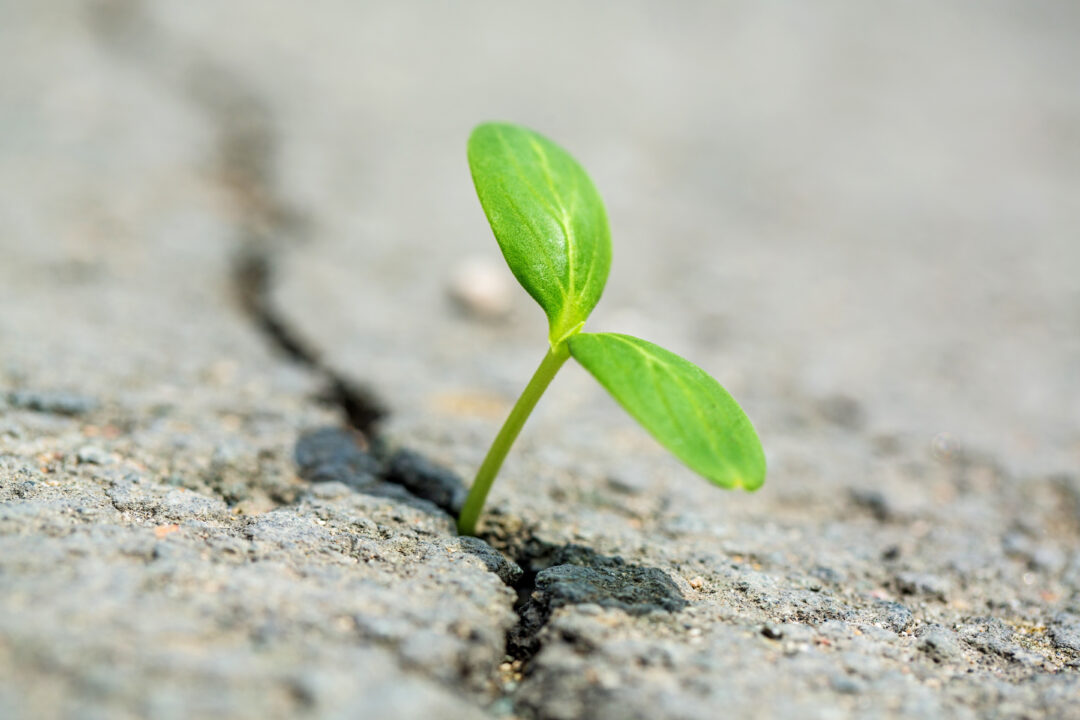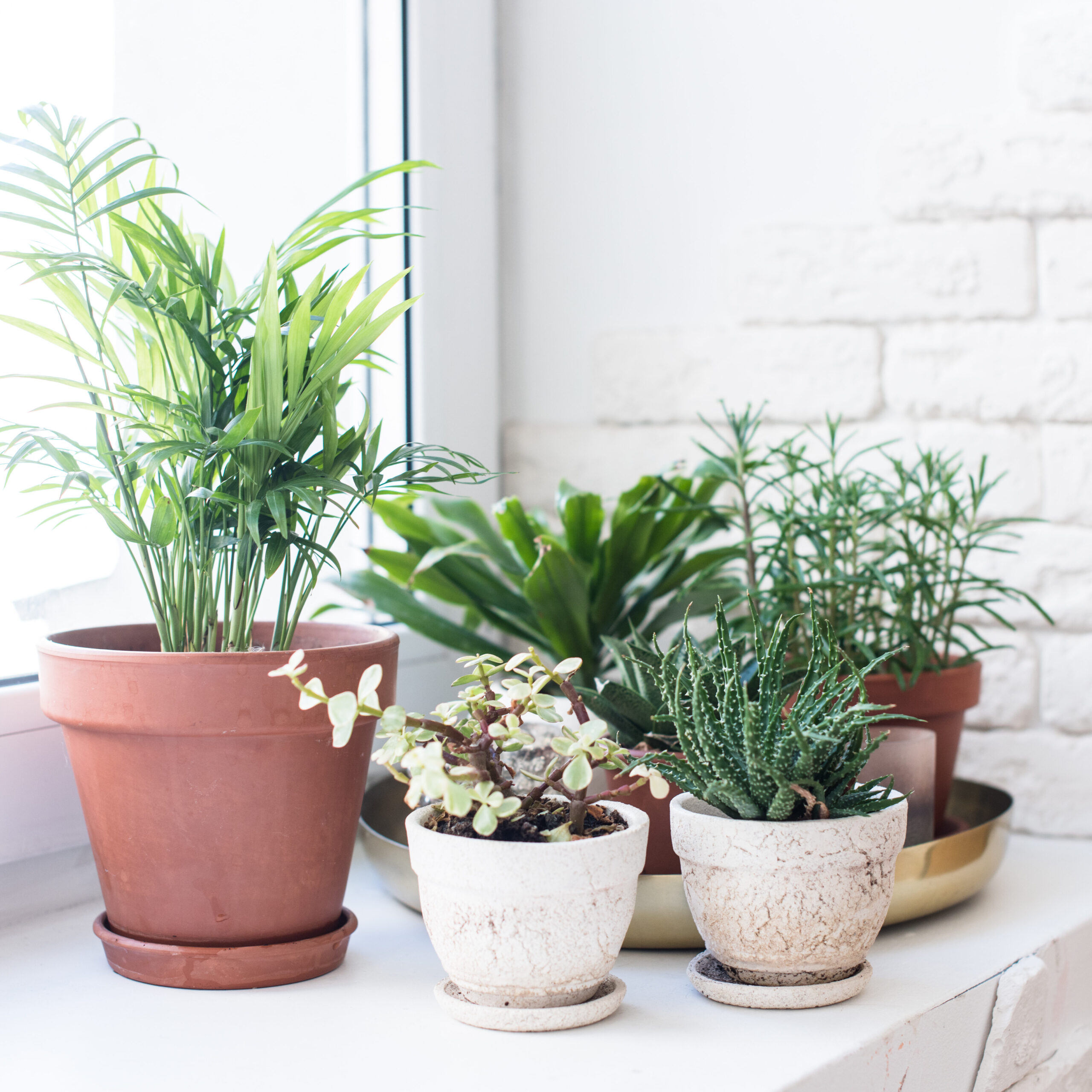
May is mental health awareness month, and this piece explores the importance of color and exposure to nature in your day-to-day life and your overall mental health. The Department of Psychology at the University of British Columbia’s research on the effects of color and nature on mental health, illustrates how important it is for our communities to have access to natural elements and various colors daily. Mental Health America’s research on the psychology of color also demonstrates how colors in the built environment, such as your home, impact your mood.
In Noticing Nature: Individual and social benefits of a two-week intervention, University of British Columbia researchers Holli-Anne Passmore and Mark D. Holder observed how nature made their study participants feel during their daily routine. Passmore and Holder concluded that there is a difference in the participants’ response to man-made objects and naturally occurring objects in their regular surroundings. For example, a participant prompted to interact with nature shared, “I was already aware that being in nature made me feel more at ease and happy, so this study just helped reinforce how being in a natural setting can change my day.” Compared to participants prompted to interact with man-made objects, one of whom reported “Focusing on human-built objects did not have much of an effect on me. I think if I had to focus on nature there would be a positive shift in attitude, happiness, etc.”

Passmore said during an interview with the University of British Columbia, “This wasn’t about spending hours outdoors or going for long walks in the wilderness”, and further explained, “This is about the tree at the bus stop in the middle of a city and the positive effect that one tree can have on people.” Passmore asserts that even “a dandelion growing in a crack in the sidewalk” can have the slightest of impact on mood.
Passmore was “overwhelmed” by the response of her study participants and mentions that “The difference in participants’ well-being-their happiness, and their level of connectedness to other people, not just to nature was significantly higher than participants in the group noticing how human-build objects made them feel and the control group.” This is an example of how the benefits of living in opportunity areas extend beyond access to quality schools and employment opportunities and include access to quality parks and outdoor recreation. Our housing mobility programs expand housing choices for families with low incomes who have historically been excluded from housing in well-resourced neighborhoods by helping them to access and transition successfully to these safe, healthy, and economically vibrant communities that often include quality outdoor access.
Brightening up Your Day:
“Look deep into nature, and then you will understand everything better.”
– Albert Einstein
Based on her research, Passmore suggests to, “Stop and smell the roses,” meaning slow down and appreciate the nature and colors that are around you. This could include taking a moment to observe the pink budding spring trees, the red and blue birds around, or even noticing how the sun’s seemingly yellow rays bounce off an object or nature. Sometimes improving mental health is as simple as a breath of fresh air, or just getting outside. The Baltimore region has some wonderful outdoor opportunities, including Sherwood Gardens in Baltimore City, Loch Raven Reservoir in Baltimore County, and the Annapolis waterfront and waterways.

Use colors to improve your mood:
When thinking about adding color into your day, Mental Health America suggests that bright, warm colors such as reds, oranges and yellows simulate energy and happiness – cool and subdued colors are calming. The brighter colors are best for dining and living rooms or kitchens, where we frequently entertain guests, and cooler colors are best for bedrooms and bathrooms.

Integrating nature into your home:
Indoor nature integration for stress recovery and healthy eating: A picture experiment with plants versus green color (2022), by Nathalie Michels, Gillian Debra, Louise Mattheeuws and Alexander Hooyberg, explores how integrating nature in the interior could be beneficial.
Michels and her team across various universities and institutions in Belgium tested 92 participants in four groups. They presented pictures that contained “either green plants, green objects, greyscale plants or greyscale objects.” The green plant pictures were reported by participants as the most “mentally restorative” and presented a great impact on the ability to recover after experiencing stress. The participants exposed to greenery also had a higher preference for vegetables than unhealthy snacks.
We can conclude that indoor green plants are associated with higher mental restoration and healthier food selections. If you’re looking for small ways you can integrate these findings into your life, taking a moment to notice even the slightest hint of nature, placing a plant or even a picture of a plant in the home can have a positive impact on your mental health and help improve your overall wellbeing.
Click here to learn more about BRHP and its programs.
Phillip Clark is a communications associate at the Baltimore Regional Housing Partnership